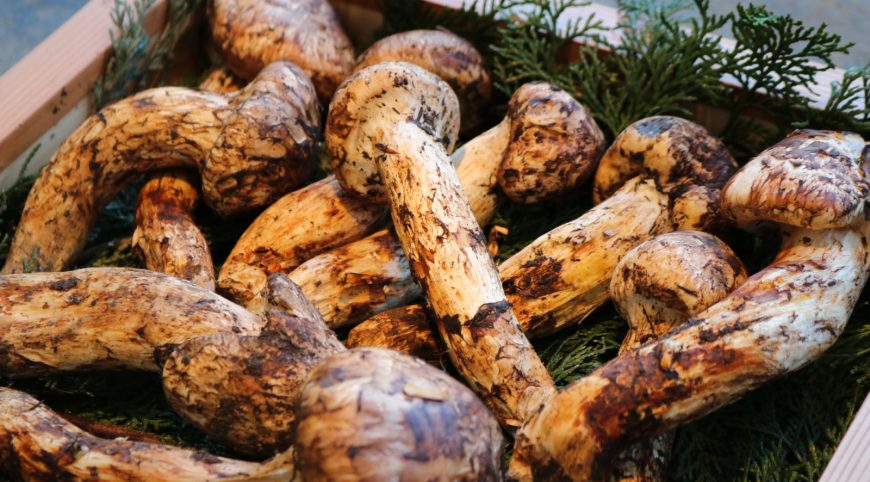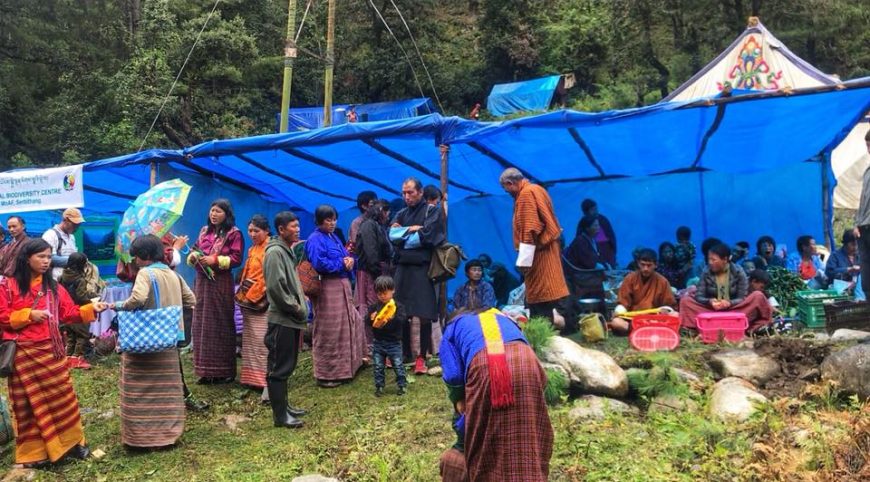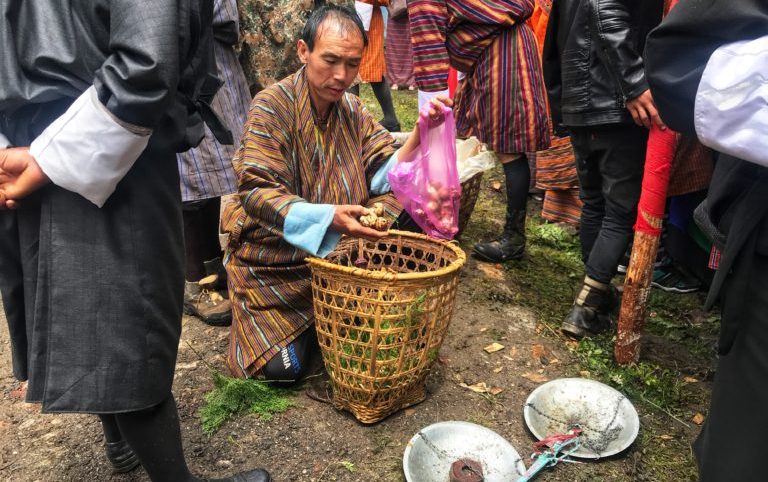Every year, in the month of August, hundreds of people including tourists gather to observe, taste, and partake in mushroom picking during the annual two-day mushroom festival.
Matsutake (Tricholoma matsutake), or Sangay Shamu as the locals call it is a ground fungi, which grows in abundance in Genekha. Famed for its delicacy and nutritional value, the mushroom is also being exported to other countries particularly to Japan.
Matsutake is also called pine mushroom as it only grows in blue pine and spruce forest. The mushroom holds several nutritional value and aphrodisiac properties. The mushroom is also proven to be effective in fighting different cancers.
Visitors during the festival also get an opportunity to taste matsutake soup in the stalls and engage with the locals in a variety of sports, songs and dances.
The festival which is organized by the communities of Genekha showcases over 40 other mushroom species well as local organic and traditional food items and local breweries mixed-in cordyceps.
Cordyceps, which is another caterpillar fungi, holds tremendous medicinal value and aphrodisiac properties. An excursion is also organized during the festival where tourists and visitors get to explore the protected jungles for mushroom hunting.
Tourists are provided with guides during the expedition.
The expedition usually last around two days and the participants while mushroom picking gets the rare opportunity of exploring the beautiful village of Genekha.
Mushroom experts say that the highly medicinal value and the mushrooms delicacy last only for a few days. So it must be consumed within 24 hours from its picking from the wild.
The forests in Bhutan provide a wide variety of floral and fauna diversities for one to explore during the excursion.
Visitors during the festival also get an opportunity to watch or take part in traditional Bhutanese sports like archery and khuru (dart game) during the festival. Locals organize mask dances and songs.The mask dances and songs are all innate to the valleys local culture.



